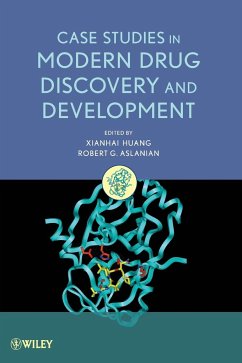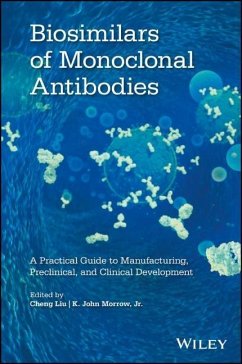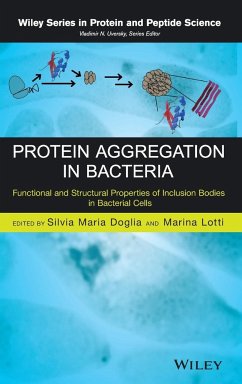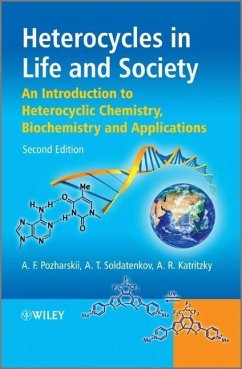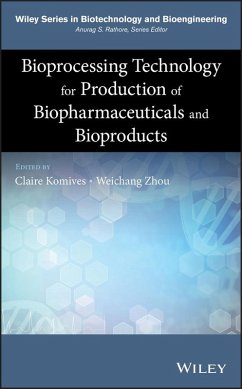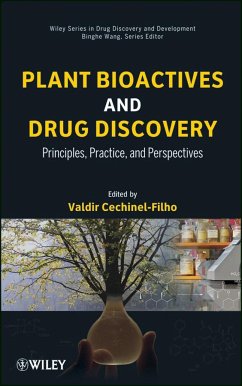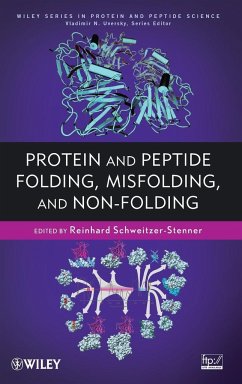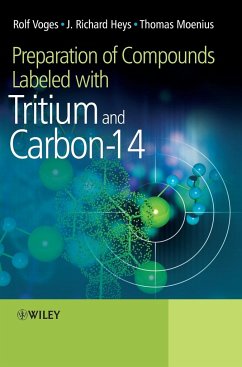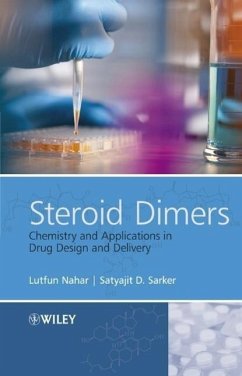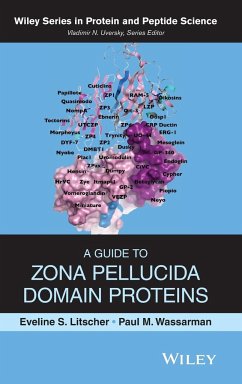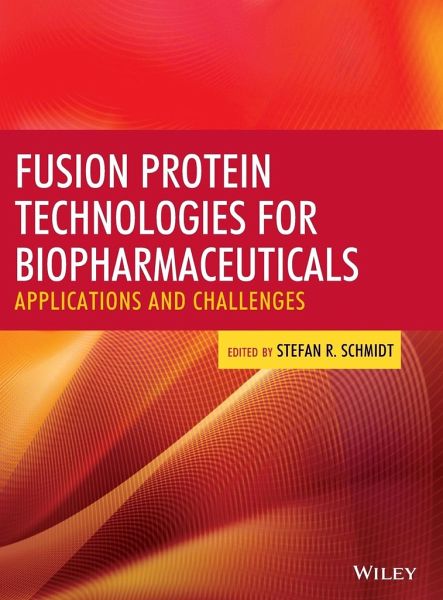
Fusion Protein Technologies for Biopharmaceuticals
Applications and Challenges
Herausgegeben von Schmidt, Stefan R.

PAYBACK Punkte
84 °P sammeln!
This book presents the state-of-the-art for development of fusion proteins, demonstrates current concepts, describes multiple applications, and discusses typical challenges linked to these molecules. It overviews the multitude of possibilities to design novel protein drugs while balancing between proven concepts and new ideas that have not reached the clinic yet. The book is structured into three larger parts. First general issues and concepts are discussed before in the second part examples on the three categories (time, toxicity, and targeting) are presented. Finally, novel concepts and the ...
This book presents the state-of-the-art for development of fusion proteins, demonstrates current concepts, describes multiple applications, and discusses typical challenges linked to these molecules. It overviews the multitude of possibilities to design novel protein drugs while balancing between proven concepts and new ideas that have not reached the clinic yet. The book is structured into three larger parts. First general issues and concepts are discussed before in the second part examples on the three categories (time, toxicity, and targeting) are presented. Finally, novel concepts and the rising class of multispecifc antibodies are described. Together, the chapters combine the success stories of marketed drugs with the dynamic preclinical and clinical research into novel drugs addressing unmet medical needs.




